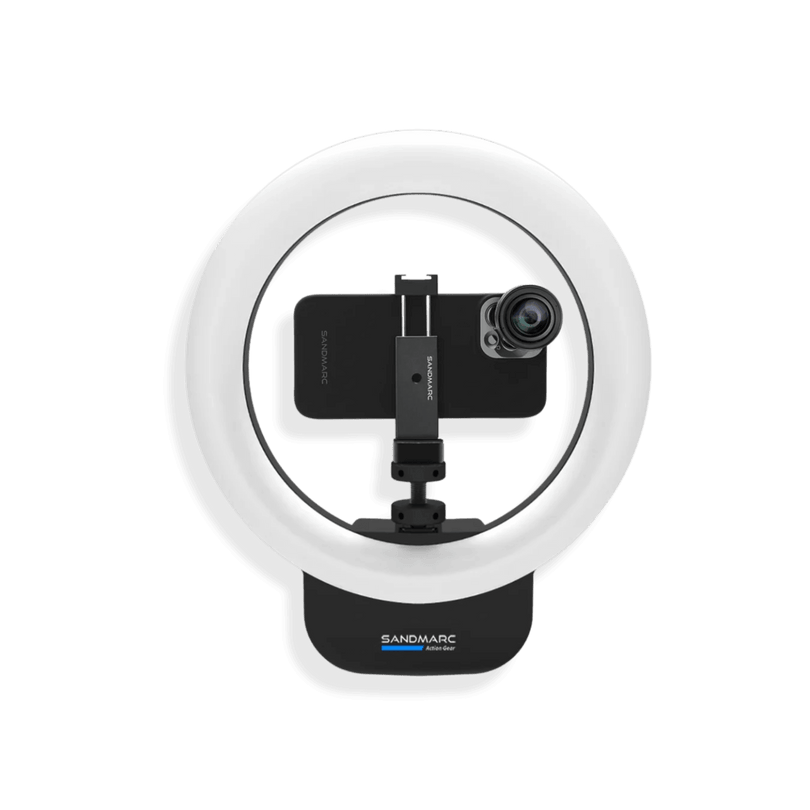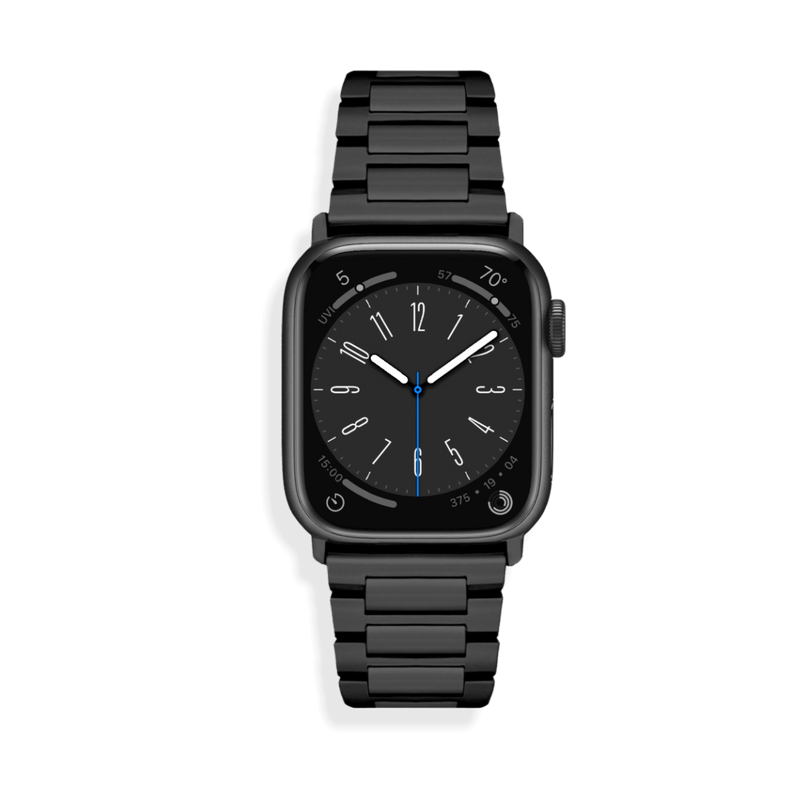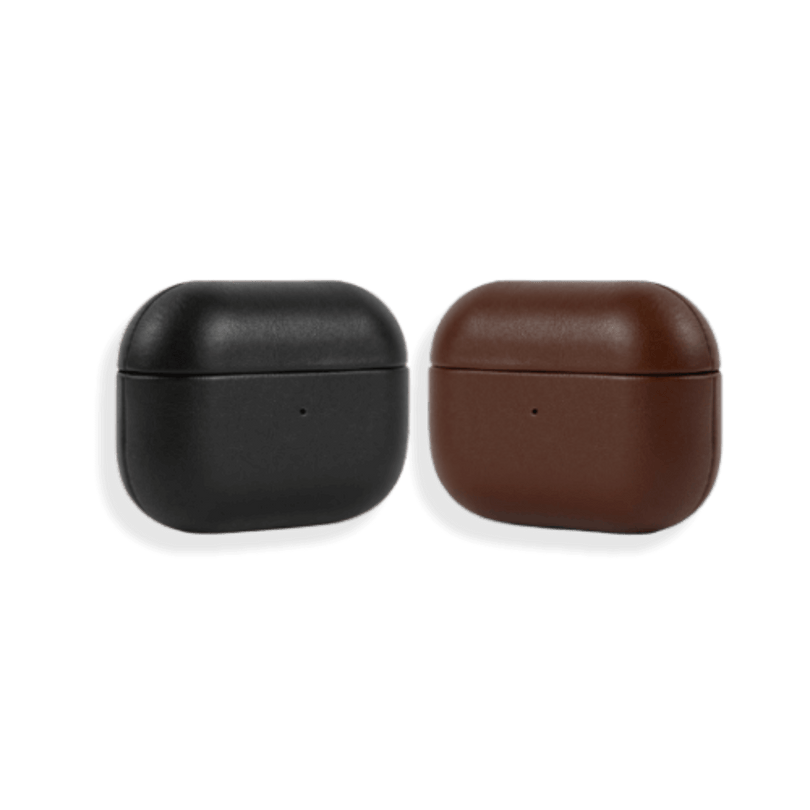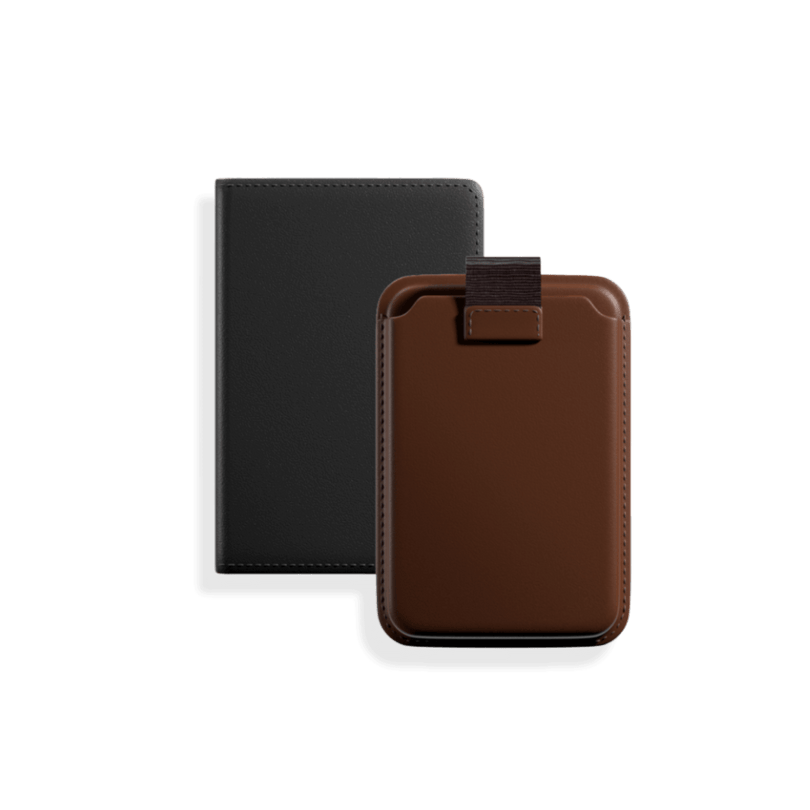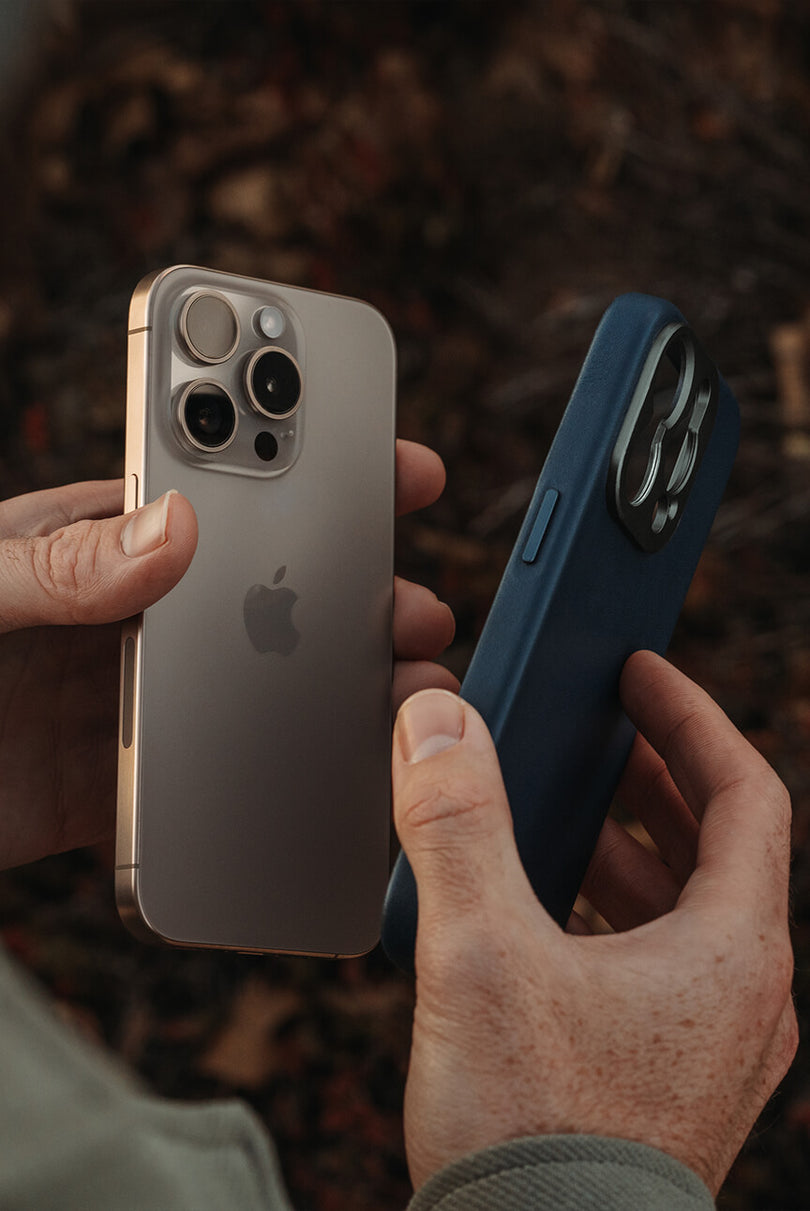What is a Telephoto Lens?
A Beginners Guide
What is a Telephoto Lens?
The telephoto lens is a very popular and powerful optic used by both amateur and professional photographers. This type of lens has a long reach that magnifies far away subjects. From photographing distant mountains to capturing the architectural details of skyscrapers a telephoto lens goes far beyond your standard zoom lenses.
There are few key characteristics that define telephoto. Your standard lens has a focal length of 60mm or longer. Longer focal lengths will increase magnification and narrow the angle of view. A 60mm lens has 2x the optic magnification and is best for photographing portraits, sports, and wildlife. There also exists a medium telephoto lens ranging from 70-200mm and a super telephoto lens which includes any lens with a focal length above 300mm. Which focal length to use is dependent on the level of magnification and field of view you want to achieve.
What does a Telephoto Lens do?
Beyond magnifying your subject the telephoto lens also emphasizes blurred background and enhances the focal point of your picture. These lenses are versatile and can often times out perform a wide angle lens when photographing architecture, nature, and people.

1. Makes your subject appear closer
- The long focal length of the telephoto lens is what allows it to magnify your subject. These lenses are often confused with a zoom lens however they’re not the same thing. Although a telephoto lens can have a zoom feature the lens itself is already magnified due to the optic glass. You can find lenses that are primed with fixed focal lengths or come with additional zoom capabilities. Although a telephoto zoom lens is not necessary it can provide an extra range of focal lengths.
- What makes this lens so popular is its ability to capture clear and up close images of far away objects. This can empower photographers that are unable or do not want to get physically close to their subject. Think, photographing tigers on an African safari or documenting an erupting volcano. Although these might be over the top examples I think you get are starting to get the picture.
- However, you don’t need to be an adrenaline junkie to find a reason to shoot with a telephoto lens. They’re also great for photographing events like birthdays and weddings. The long focal distance can help you capture candid moments while remaining in the background.

2. Emphasize blurred backgrounds
- The aesthetically pleasing blurred background effect in pictures shot with a telephoto lens is created by the camera's bokeh. By adjusting the aperture the bokeh focuses on the subject at the forefront of the picture and simultaneously softens objects in the background. The out-of-focus aesthetic created by the bokeh eliminates sharp edges and background distractions and is a common characteristic seen in pictures shot by professional photographers.
- The blurred effect caused by the bokeh looks best in pictures where it can provide a sense of depth. It's important to consider what is in focus in your background. Naturally the eye is drawn to the sharpest element of an image. The background should never overshadow the main subject. As a rule of thumb to avoid distracting backgrounds steer clear of unflattering colors, clutter, and patterns. Although background distractions will be blurred they can still take away from the composition of an image.

3. Shooting flattering portraits
- Oftentimes the telephoto lens is overlooked for portrait photography. However, a telephoto optic can help avoid the distortion that a wide angle lens creates when shooting portraits. A 60mm long lens is ideal for shooting intimate events such as weddings where the photographer doesn't want to intrude by getting too close.
- The ability to create a shallow depth of field can help define the subject in the foreground by separating it from the background. This creates a stronger, more attractive image. However adjusting the aperture too much can make the image too narrow. Leaving the aperture a bit wide will help to maintain the depth of field. In addition, shooting at a longer focal length will make the subject at the foreground appear smaller relative to the background and can help make features look more proportional.
Telephoto Lens for iPhone
Deciding to purchase a telephoto lens for a DSLR camera can be a big decision. The starting cost for a standard lens is around $1000. For individuals who want to experiment with telephoto photography I recommend buying a lens attachment for your iPhone. With every new iPhone release the quality of the camera continues to increase. When paired with a telephoto lens attachment your iPhone camera can be transformed into a very powerful optic that is capable of shooting professional quality content.

Superior Optics
A high quality lens attachment should be engineered with multi-element/anti-reflective glass. This Telephoto Lens by SANDMARC is designed with 60mm glass which is multi-coated to eliminate distortion and protect the lens from wear and tear. This 2x telephoto lens is ideal for travel due to its compact size and durability.
The lens attachment also comes with an ultra thin Pro case for your iPhone. The Pro case features an aluminum lens mount so you can easily screw on and off your attachments. Every attachment also comes with a clip on mount which is compatible with other smartphones by simply placing the clip over the camera.

Versatility
If you have ever shot in portrait mode on an iPhone you might have noticed the blurred background effect. The telephoto lens built into your iPhone camera doesn't actually have the ability to adjust aperture. Instead your iPhone uses an artificial bokeh effect that is digitally programmed into the iPhone. When combining a telephoto lens attachment with the lens built into your iPhone camera you can control aperture and depth of field.
The Telephoto Lens by SANDMARC is also compatible with the Drama PL and Scape ND Variable filter attachments. When used with the Drama Polarized Filter your telephoto lens can suppress surface glare and manage reflections. The Scape Natural Density Variable Filter enables you to control light exposure and shutter speed. When used in combination with the telephoto lens your iPhone camera becomes comparable to a high powered DSLR at a fraction of the price.
Wrapping Up...
From capturing memorizing portraits to detailed landscapes the versatility of the telephoto lens can take your photography to the next level. No matter what your experience level is this lens can help you step outside of your comfort zone and improve your photography skills. If you’re undecided if a telephoto lens is right for you consider trying a lens attachment.
For more resources on the telephoto lens attachment for iPhone check out our these Youtube videos:












